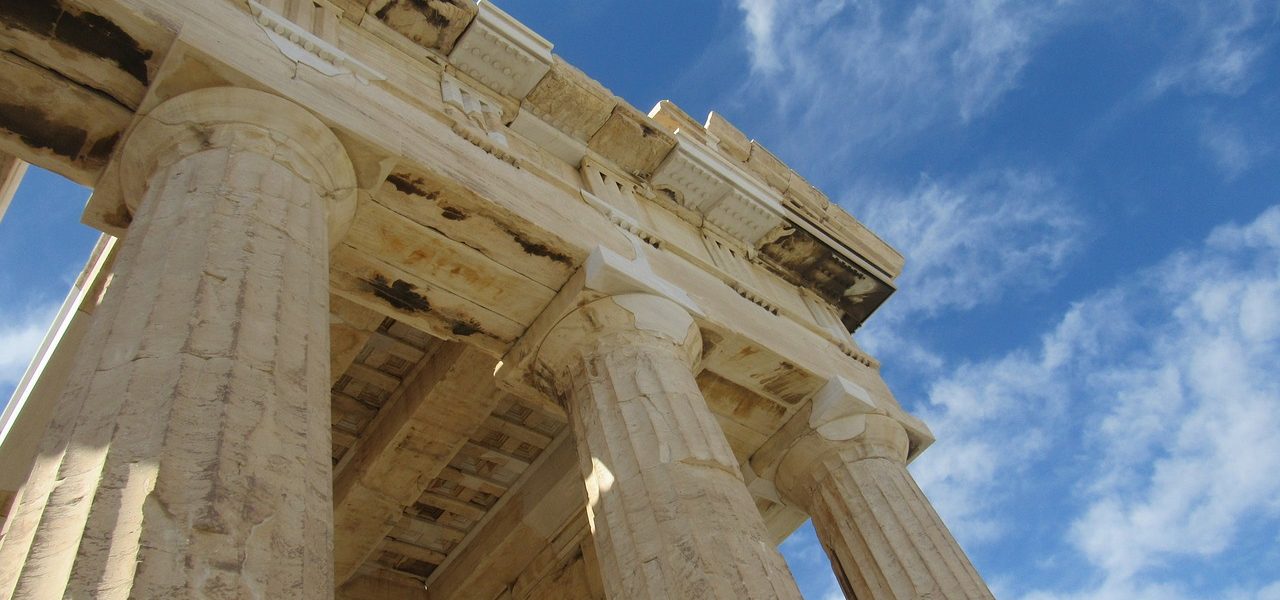Forum Replies Created
-
AuthorPosts
-
 PhidippidesKeymaster
PhidippidesKeymasterNot that we have to turn this political (even though it has obvious political ramifications), but I'm curious to see how this will be portrayed. Bush did not give a definite timetable for withdrawal from Iraq, and this was a major reason for the political shift to Democratic power in 2008. Whether people agreed or disagreed with him, we can say for sure that Bush was committed to the fight in Iraq. Obama, on the other hand, seems to have crafted his own image as one of “withdrawer”. IMO, this could be a huge issue. If Iraqi cities start falling one by one, what will Obama do? It's such a thorny issue since he is unlikely to commit more troops, yet at the same time could preside over the negation of prior U.S. gains (and perhaps even a strengthened Iran). Will this be a case of Republicans saying “I told you so” to Democrats, and especially to Obama? Or will Democrats take the predictable road of blaming Bush to deflect criticism?
 PhidippidesKeymaster
PhidippidesKeymasterAeth is right – why did they do this? A 5-for-1 exchange for a POW who apparently left his post, a president breaking a law to do this….seems kind of strange.
 PhidippidesKeymaster
PhidippidesKeymasterShe has an interesting personal web site….
 PhidippidesKeymaster
PhidippidesKeymasterI also found it amazing that Google has actually mapped out all those streets. I guess it hadn't occurred to me just how profound of a thing Google did by mapping out all those roads. When architectural historians study old buildings, they often rely on photos which just so happen to have been taken at some point in time. In the future, they're probably gonna be checking with Google Street View.
 PhidippidesKeymaster
PhidippidesKeymasterGood question. Perhaps a moat/channel around the outside? I'm guessing they would need to keep some lakes anyway in places with the greatest depth. Seems like an excessively ambitious plan, doesn't it? Had they done it, they could have made a fortune off all the ancient loot discovered at the bottom!
 PhidippidesKeymaster
PhidippidesKeymasterHmmmm….seems like we had a peeper…..I forgot to remove that!Ok, so it's also called a Pythagorean Cup. This gives a summary:
Credited to Pythagoras of Samos, it allows the user to fill the cup with wine up to a certain level. If they fill the cup only to that level, the imbiber may enjoy a drink in peace. If they exhibit gluttony, however, the cup spills its entire contents out of the bottom (onto the lap of the immodest drinker).
And a cross section:[html]

“Pythagoras cup“. Via Wikipedia.[/html]
 PhidippidesKeymaster
PhidippidesKeymasterIt seems they were big on imagination, short on means back in the day. Think of all the amazing predictions that people had back then about the future; they were pretty grand, I must say.
 PhidippidesKeymaster
PhidippidesKeymasterThe reports I heard made it sound like he did, in fact, go AWOL. Well, technically not AWOL but a “deserter” (I guess the difference is that he was captured later and they couldn't determine his true status). This plays into the next issue, that of equitable exchange. I'm guessing most people would be much more understanding if the American soldier had been fighting and was then captured, and then later traded for five Taliban. Then there's perhaps the largest issue of them all – Obama seems to have broken the law by bypassing Congressional notification before making the exchange. There it is, folks; dismantling of the doctrine of “Separation of Powers” is really the first step in the road to tyranny. Even the legal analyst on CNN said that Obama did or likely did break the law. What I haven't heard, though, is the punishment for this. I heard someone threaten to impeach him if he does it again, but how many chances to people in the real world get before they are punished? And would Democrats really ever go along with impeaching Obama, even if he does break the law again? This is not good.
 PhidippidesKeymaster
PhidippidesKeymasterEh? I can understand those overseas, but et tu, Ski?Ok, here's another version, though the name probably isn't going to be a mystery, and the tempo seems slow. I thought I heard a faster version of this song before.[html][/html]
 PhidippidesKeymaster
PhidippidesKeymasterI read that as well. Where else are all the Jihadis going to go when Assad gets done reasserting his authority? Will it wake up the rest of the europeans that maybe people like Geert Wilders are right when they point out the threat that unrestricted islamic immigration brings? Somehow I doubt it. Too many people have drank the kumbaya, multicultural kool aid.
It will be a tough pill to swallow for Europe, IMO. On one hand, Europe has tried to throw the xenophobia of its Nazi past into the distant past by being welcoming to others, but on the other hand they are facing the consequences of what happens when its arms of embrace are open too wide.
 PhidippidesKeymaster
PhidippidesKeymasterHmmm….I wonder how the guy came into his wealth? It doesn't say, nor does this article from 2009 (although interestingly, it does say that the tanks were expected to go to the Patton Museum, not The Collings Foundation).
 PhidippidesKeymaster
PhidippidesKeymasterI have not seen the movie. It came out when I was a kid, so I heard of it but never saw it.
 PhidippidesKeymaster
PhidippidesKeymasterOtherwise known as “Linne” to friends and acquaintances…? (see picture).
 Carl von Linné [Public domain], by Alexander Roslin (1718–1793)
Carl von Linné [Public domain], by Alexander Roslin (1718–1793)  PhidippidesKeymaster
PhidippidesKeymasterI thought Cujo was a German Shepherd…
 PhidippidesKeymaster
PhidippidesKeymasterFor some reason I thought he hound of the Baskervilles was a lovable St. Bernard….but I'm guessing I'm wrong!http://pets4u.info/wp-content/uploads/2014/03/terrier-breeds-chart-9.jpg
-
AuthorPosts




